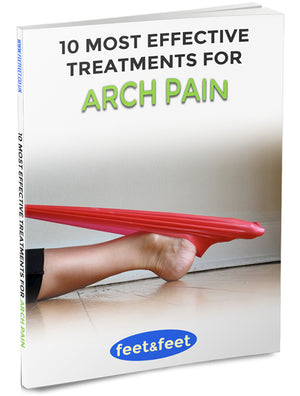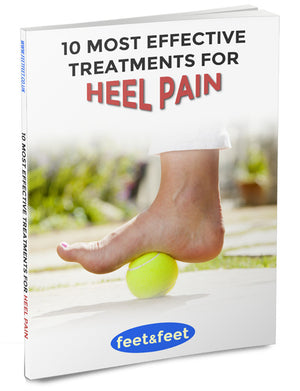Pronation and Supination - What’s the Difference

While pronation and supination refer to the roll of the foot during normal movement (i.e., walking or running), there are slight differences between the two.
In essence, pronation is the inward rolling of the foot. At the same time, supination is the outward rolling of the foot – if any of these are excessive – which is then known as overpronation and underpronation (or excess supination) – then it can lead to various issues in the lower body.
Let’s compare both movements in more detail.
Pronation
Pronation refers to the inward roll of the foot during normal motion. When walking or running, it occurs just after the heel strikes the ground, allowing for shock absorption and adaptation to surfaces.
- Common Symptoms and Issues – Overpronation can lead to flat feet, increased risk of knee pain, plantar fasciitis, shin splints, and other musculoskeletal problems.
- Gait Implications – It is necessary for proper foot mechanics, but overpronation can cause alignment issues and overuse injuries.
Addressing Overpronation
- Footwear – Stability or motion control shoes.
- Orthotics – Custom or over-the-counter insoles or inserts that provide good arch support and correct alignment.
- Exercises – Stretch and strengthen the arch and foot muscles.
You can read more about overpronation and its treatments here.

Supination
Supination refers to the outward roll of the foot during normal motion. The weight is placed on the outer edges of the feet.
- Common Issues – Excessive supination (underpronation) can lead to reduced shock absorption, increased risk of ankle sprains, stress fractures, plantar fasciitis, and other issues.
- Gait Implications – Some degree of supination is normal, but excessive supination can cause alignment issues and stress-related injuries.
Addressing Supination
- Footwear – Neutral or cushioning shoes with good shock absorption.
- Orthotics – Insoles or inserts to provide additional foot support and distribute weight evenly.
- Exercises – Strengthening and stretching exercises for the lower leg and foot muscles.
You can read more about excessive supination and its treatments here.
Conclusion
Even though overpronation and excessive supination are opposites of one another, they can both lead to the same or similar symptoms and issues. Likewise, prevention and treatment of both these foot conditions are more or less the same.
Understanding the mechanics of pronation and supination is essential for diagnosing and treating related musculoskeletal issues and choosing appropriate footwear and orthotics.
Proper assessment by a healthcare professional, such as a podiatrist or physical therapist, can help manage and correct these conditions effectively.




Leave a comment